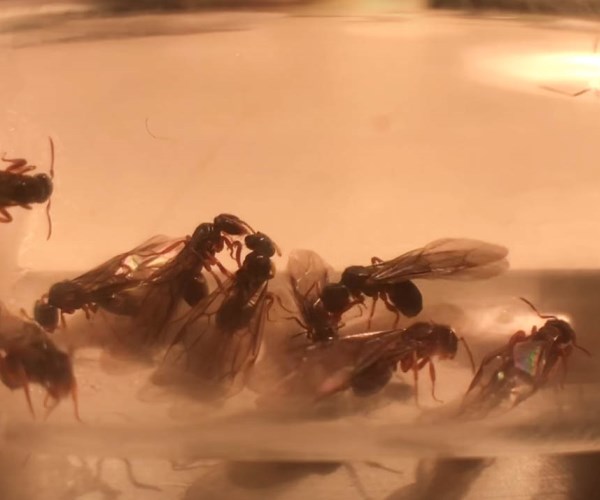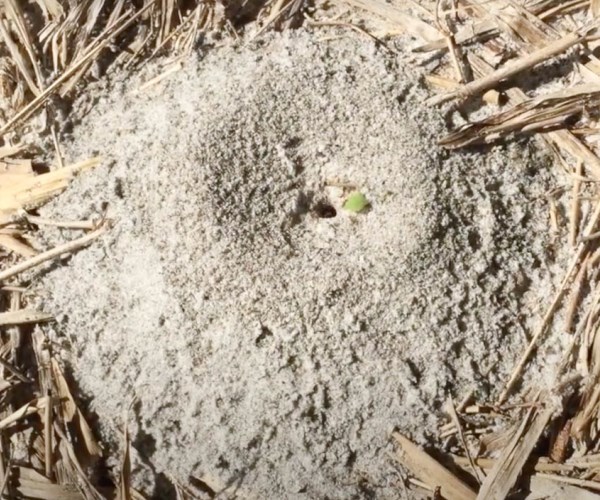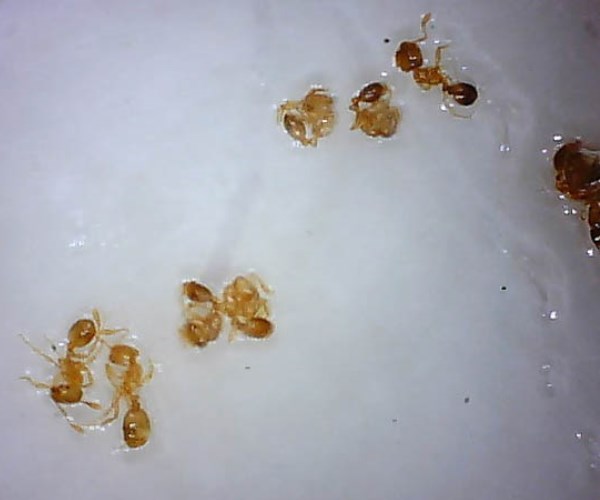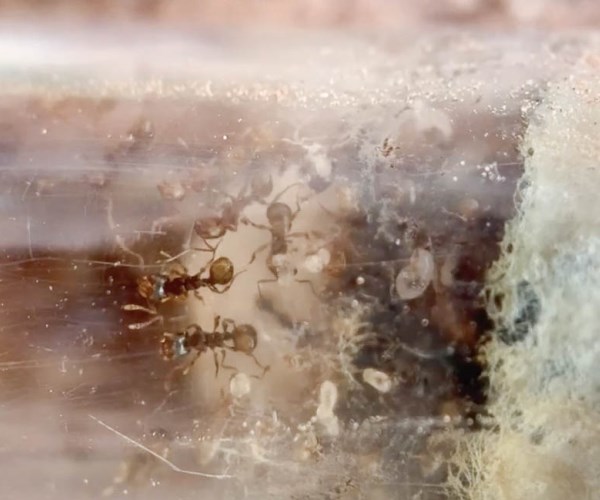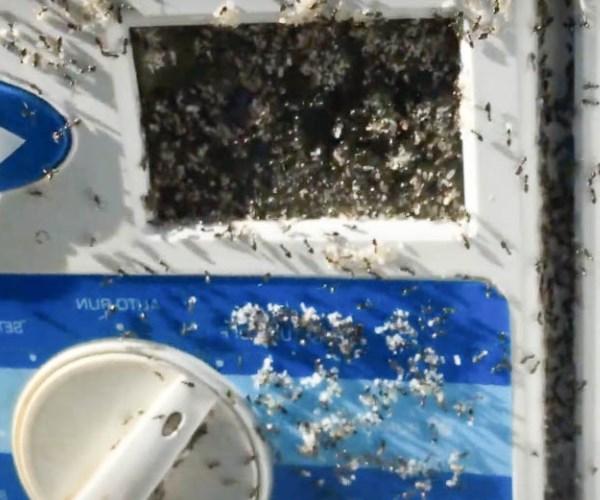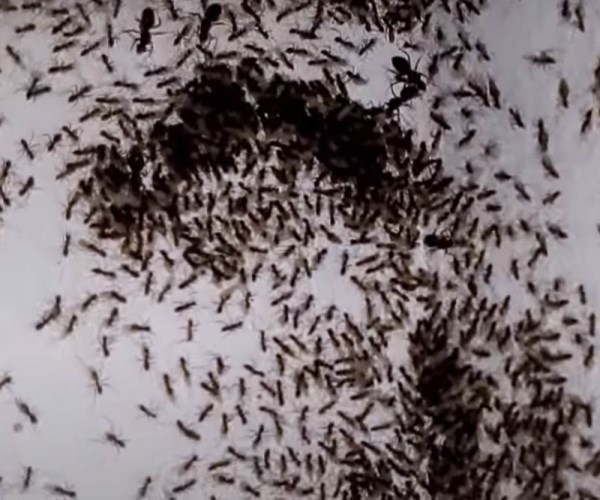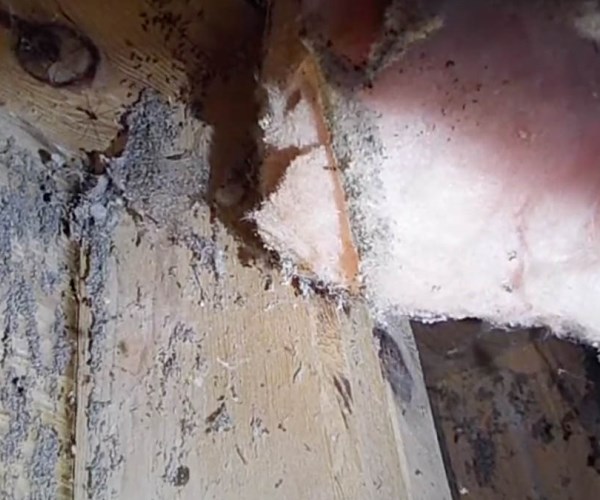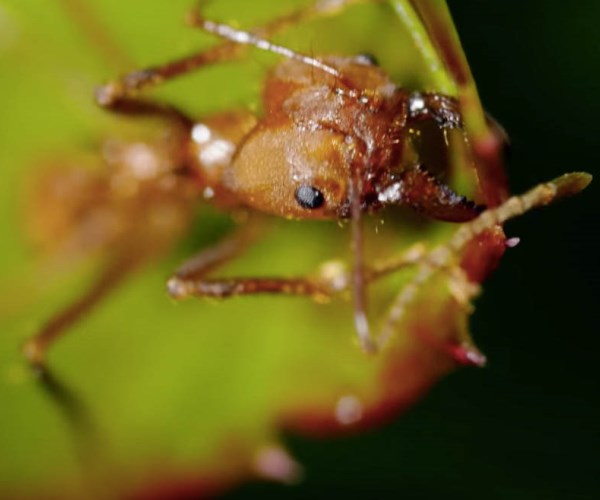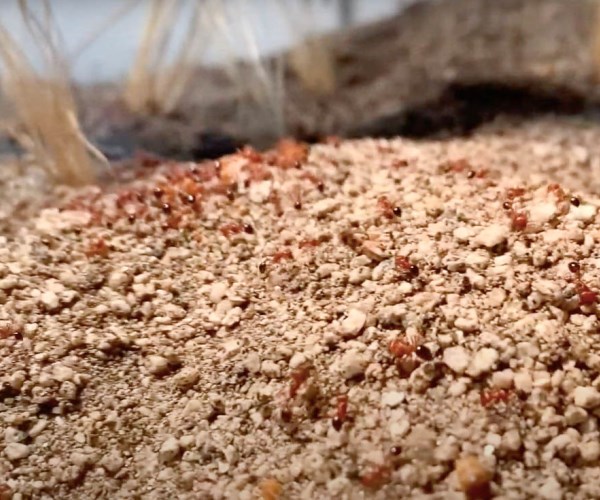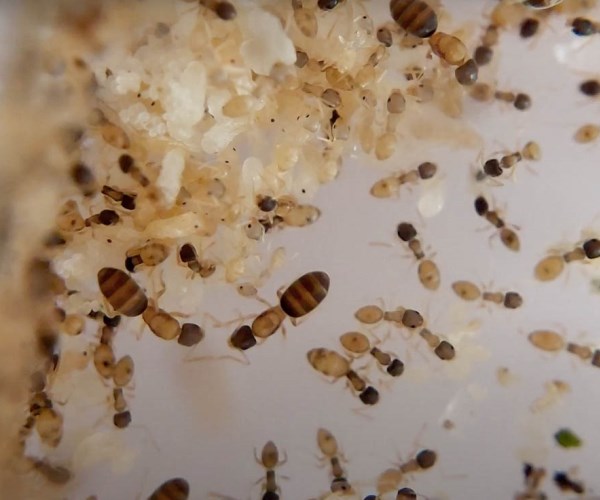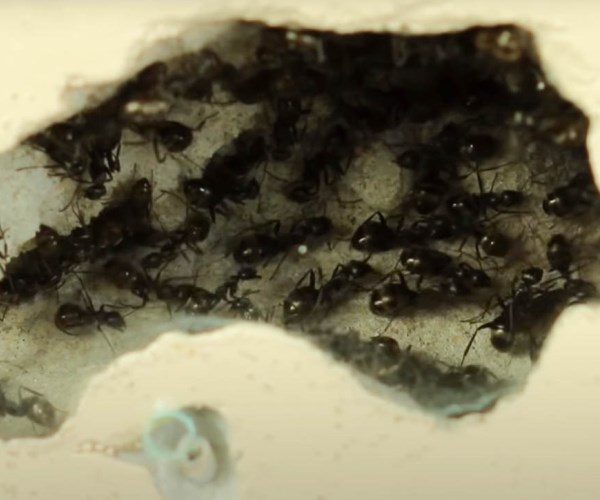About White-footed Ants
About White-footed Ants
White-footed ants are some of the most difficult ants to control when they infest homes. This is because they typically infest in large numbers. They can establish multiple daughter colonies from a parent colony within the same area. They are called white-footed ants because of the paleness of their feet in relation to the rest of their bodies. These ants are specifically known for using their large population to constitute a nuisance, even though they do not possess defensive features.
Appearance
White-footed ants have blackish to brownish bodies, and their legs are white. The average length of white-footed ants ranges from 2.5 to 3mm. The ants lack spines on their thorax, and their profiles are unevenly rounded. The abdomens of the ants are segmented, with five segments.
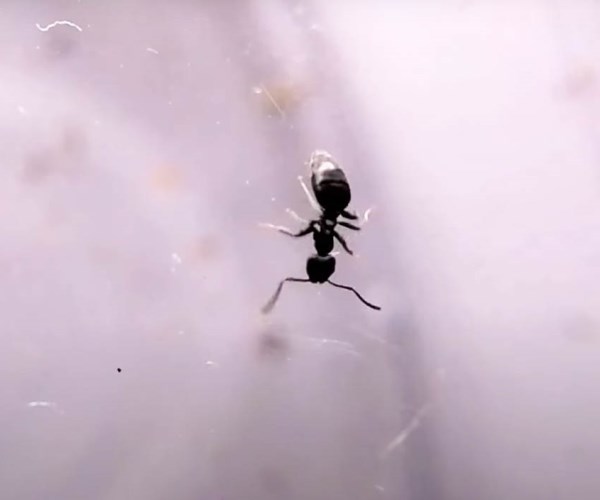
Their antennae have 12 segments, and their waists have a single segment. White-footed ants have sparse hairs. They have similar features to other ants such as the argentine ants. For the argentine ants, the difference is in the vertical projection of the petiole which is present in argentine ants but absent in white-footed ants.
Behavior
White-footed ants are found in rural and urban areas. They nest in locations with proximity to sources of moisture. Their preferred nesting sites are also close to sources of food and protect them from possible predators. The outdoor nesting sites of white-footed ants include old termite galleries. They also nest under rocks and loose barks as well as in decaying tree trunks and branches. The indoor nesting sites of the ants include shingles, wall voids, kitchens, attics, and bathrooms.
A colony could be made up of several nests. Colonies may also interconnect leading to one super colony. White-footed ants apply their large populations to establish themselves in an area. Generally, the insects nest outdoors rather than indoors. Indoor infestations of white-footed ants begin when they access structures through connecting tree branches. They can access structures through entry points such as small crevices and gaps. They may then create indoor nests or simply go from the foraging sites to the outdoor nests, using scented trails.
The ants live in medium-sized to large colonies. The population of the colonies ranges from a few thousand to a few million. The colonies have many fertile females known as intercastes. White-footed ants swarm yearly between July and August. The reproducers mate and begin a new colony this way. They also establish new colonies with intercastes which engage in budding.
The ants feed on dead insects as well as sources of protein and sugar. Honeydew is one of the sugar sources which they feed on. They usually forage tree branches in search of the sap-sucking insects that produce honeydew. Typically, white-footed ants create trails from their nesting sites to foraging sites by producing pheromones. This is so that other nest-dwelling insects can join the foragers when they find suitable food sources.
Damage they cause
White-footed ants are mostly nuisance pests. They do not have stingers or mandibles. They also do not release any form of toxic materials. However, they live in large colonies and apply their population in constituting a nuisance. They infest homes in search of food and contaminate foods in the process. Because of their large populations, they can contaminate large quantities of food.
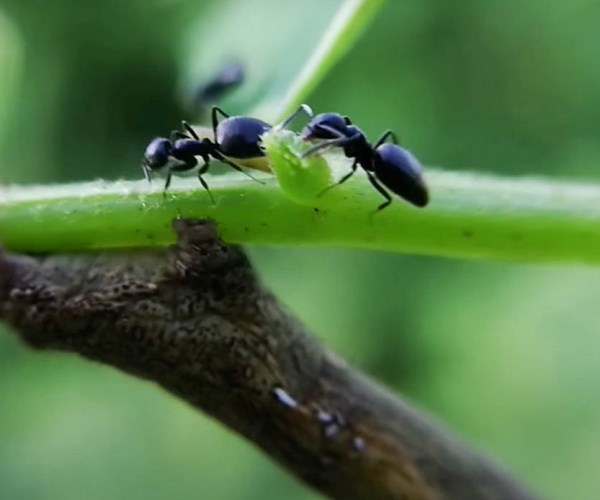
Since white-footed ants use tree branches as bridges to homes, the trimming of tree branches is important for the control and prevention of infestations. The sealing of all potential entry points is another important aspect of the prevention and control of the ants. Pyramid ants do not sting. They can bite when they feel threatened or are being disturbed.
Even though they feed on very aggressive fire ants, pyramid ants are generally docile and will only bite when they have no other option. Although they are not common household pests, pyramid ants raise a public health concern because of the harmful bacteria they carry. Although it is unlikely, it is noteworthy that pyramid ants can cause a pest problem, especially if they find an established source of food.
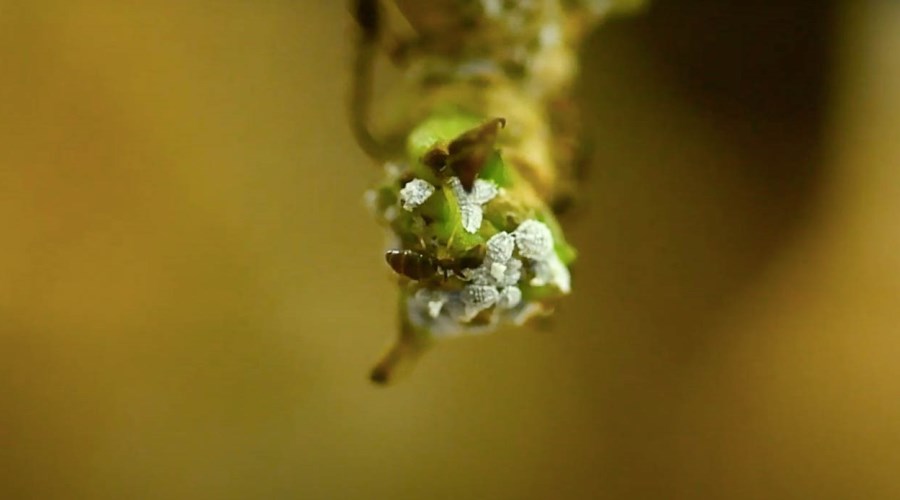
Signs of infestation
The trails they make from their nests to their foraging sites are a notable sign of infestation. Indoors, the trails are found along baseboards, countertops, and walls. White-footed ants can establish large populations in a small area. This makes their control particularly difficult. The control and management of white-footed ant infestations should be left to professionals. Professional pest control experts will identify all components of the super colony and apply the most effective and comprehensive control method.


